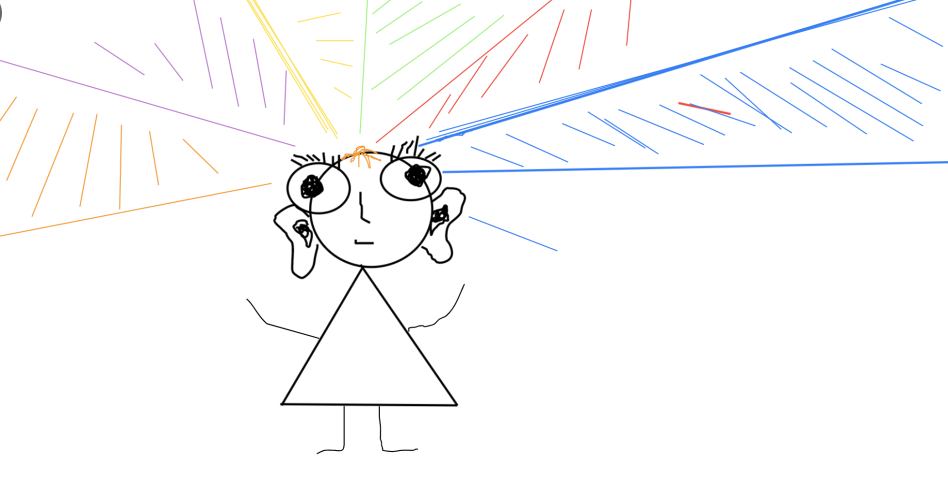What is it like to collect data during a global pandemic? Researchers and students of the Basque Country show insights of the online data collection process through digital platforms and discuss the relevance of technology and social media.
Due to the current pandemic situation, it has become necessary to find alternative ways of collecting data. For that reason, the use of technology has become more important and online platforms have been used for online lessons, digital meetings and also for gathering data. This new situation has required a significant change for researchers, who have to adapt to formerly less known ways of data collection.
In this context, as researchers we had the opportunity to do an online session with university students. At the beginning we felt a bit insecure and concerned because we did not know whether the students would understand the aims of the project. In fact, we thought that all of us being behind a screen implied difficulties to effectively transmit our message.
Our students already had some background knowledge on linguistically sensitive teaching and multilingual education, but we could tell that the students were also nervous. To make them feel more comfortable, we started the session with a short presentation about the project as a whole. Once the students were more relaxed and could focus better, we used so-called “breakout groups”. This is a feature of the online tool to create separate digital groups which made it possible to use and fill out the dialogue mat, the Listiac instrument to boost discussions.
Overall, the students were enthusiastic and they showed great interest in the task. We decided to share a separate document where each of the students could write down the statements for each part and also to give them the opportunity to see the changes that were done by others in the same group. Doing this we made sure that everyone had the same opportunity to participate and to comprehend what their classmates were trying to say. This procedure was followed up until the sixth and last task of the dialogue mat, where the students are asked to make a drawing of the linguistically sensitive teacher of the future. The students were a bit anxious about the use of the online platform for creating their ideal teacher. However, they succeeded wonderfully in this task:

In this case, the linguistically sensitive teacher is an alien, so as not to specify a genre and avoid discrimination. Moreover, big ears and big eyes are represented; our teacher is a good observer. Its arms are opened, which is a sign of inclusion. Finally, the colours symbolise the culture and linguistic diversity of the classroom.
The session was a good opportunity to promote Listiac and everything it implies but it also reminded us of the relevance of technology in educational settings in these special times.
This intervention has led us to think of ways of approaching more in-service and future teachers. Working with the students has shown the relevance of social media, especially in the current situation. After discussing these issues with pre-service and in-service teachers we have seen that the educators are in need of good practices in order to understand how linguistically sensitive teaching should be conducted. Furthermore, some mentioned how they would appreciate more information and professional development on the topic.
For that reason, we would like to remind the blog readers that the Listiac project has a Youtube, Instagram and Facebook account, where one can find insights of good practices, future events, project updates, academic articles and more.

Written by Oihane Galdos Quilchano and Leire Ituiño Aguirre
University of the Basque Country



